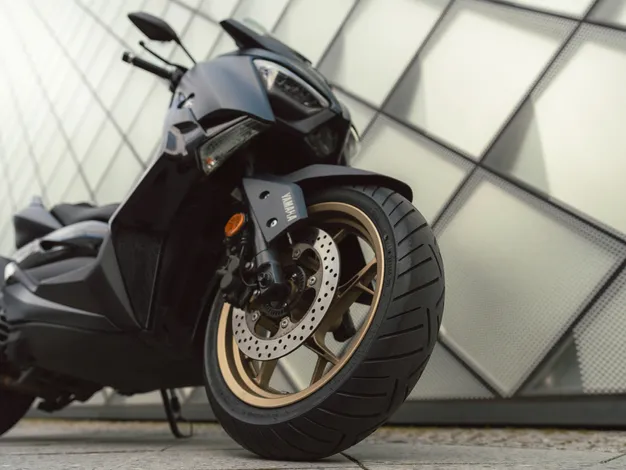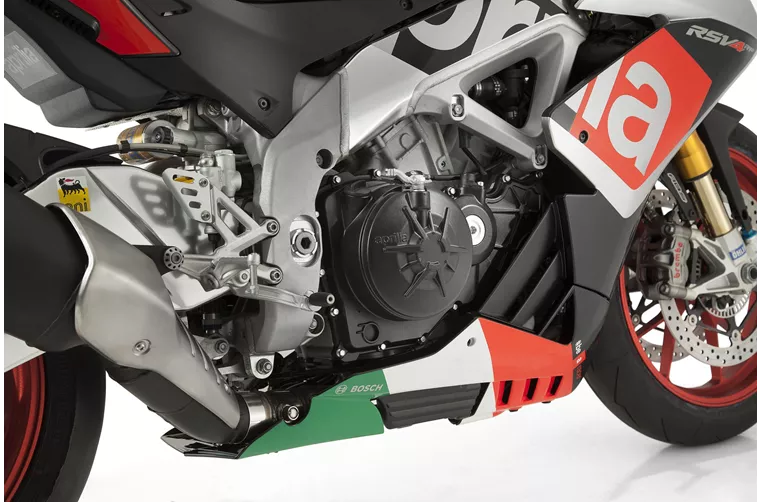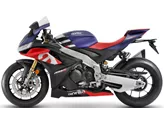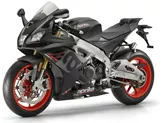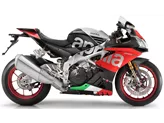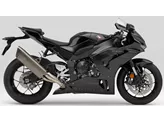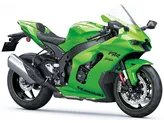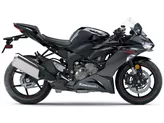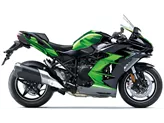Kawasaki Ninja ZX-10R 2016 vs. Aprilia RSV4 RF 2015

Kawasaki Ninja ZX-10R 2016

Aprilia RSV4 RF 2015
Pregled - Kawasaki Ninja ZX-10R 2016 vs Aprilia RSV4 RF 2015
The Kawasaki Ninja ZX-10R 2016 and the Aprilia RSV4 RF 2015 are both powerful and high-performance supersport motorcycles. While they have some similarities in terms of engine type, suspension, and chassis, they also have some distinct differences.
In terms of engine specifications, the Kawasaki Ninja ZX-10R 2016 features an inline four-cylinder engine with a displacement of 998cc. It produces a maximum power of 200.1 HP and a torque of 114.3 Nm. On the other hand, the Aprilia RSV4 RF 2015 is equipped with a V4 engine with a displacement of 999.6cc. It generates a slightly higher power of 201 HP and a torque of 115 Nm. Both motorcycles have four cylinders and offer impressive performance.
When it comes to suspension, both motorcycles feature upside-down telescopic forks at the front and a monoshock at the rear. This setup provides excellent stability and control during cornering and ensures a smooth ride. The chassis of both bikes is made of aluminum, which offers a good balance between strength and weight.

Kawasaki Ninja ZX-10R 2016
In terms of braking, both motorcycles have double disc brakes at the front. The Kawasaki Ninja ZX-10R 2016 utilizes radial, petal technology, while the Aprilia RSV4 RF 2015 uses radial technology. Both braking systems offer excellent stopping power and control.
In terms of dimensions and weights, the Kawasaki Ninja ZX-10R 2016 has a front tire width of 120mm and a rear tire width of 190mm. It has a wheelbase of 1415mm and a seat height of 813mm. The fuel tank capacity is 17 liters. On the other hand, the Aprilia RSV4 RF 2015 has a front tire width of 120mm and a rear tire width of 200mm. It has a slightly longer wheelbase of 1420mm and a higher seat height of 845mm. The fuel tank capacity is 18.5 liters.

Aprilia RSV4 RF 2015
Now let's discuss the strengths and weaknesses of each motorcycle. The Kawasaki Ninja ZX-10R 2016 has a great chassis geometry, which contributes to its excellent handling and stability. It also features high-quality chassis components, ensuring durability and performance. The brakes on the Ninja ZX-10R are very good, providing strong stopping power. Additionally, the motorcycle comes with a range of electronics, offering advanced features and enhancing the riding experience. However, one weakness of the Kawasaki Ninja ZX-10R 2016 is that the cockpit may not be optimal for readability.
On the other hand, the Aprilia RSV4 RF 2015 has great handling on corner entry and in turns. It allows for high cornering speeds and provides a thrilling riding experience. The compact and race-ready chassis of the RSV4 RF contributes to its agility and responsiveness. The motorcycle also has a high-quality chassis, ensuring stability and control. Furthermore, the Aprilia RSV4 RF has a great timeless look, making it visually appealing. However, one weakness of the RSV4 RF is its stability in the braking zone and when accelerating out at the limit.
In conclusion, both the Kawasaki Ninja ZX-10R 2016 and the Aprilia RSV4 RF 2015 are impressive supersport motorcycles with their own unique strengths and weaknesses. The Kawasaki Ninja ZX-10R offers a great balance of performance and technology, while the Aprilia RSV4 RF provides exceptional handling and a stylish design. Ultimately, the choice between the two will depend on the rider's preferences and priorities.
Tehničke specifikacije Kawasaki Ninja ZX-10R 2016 u odnosu na Aprilia RSV4 RF 2015
Prednosti i nedostaci u odnosu na
Prednosti i nedostaci u odnosu na
Kawasaki Ninja ZX-10R 2016

The ZX-10R Ninja has a certain majesty, at the first rollout it seems very stable, you have to force it into the radius a little. After a few laps, however, this effect is transformed into an incredible precision that allows a pinpoint line. The engine has now really become noticeably stronger and makes the Kawa an enormously good overall package that can please not only die-hard Kawasaki fans. The traction control on the Kawa is particularly positive and regulates very sensitively. You can even adjust the engine brake - so it certainly doesn't lack for electronic features. The ZX-10R is the only superbike that is already Euro4-compliant in 2016!
Aprilia RSV4 RF 2015
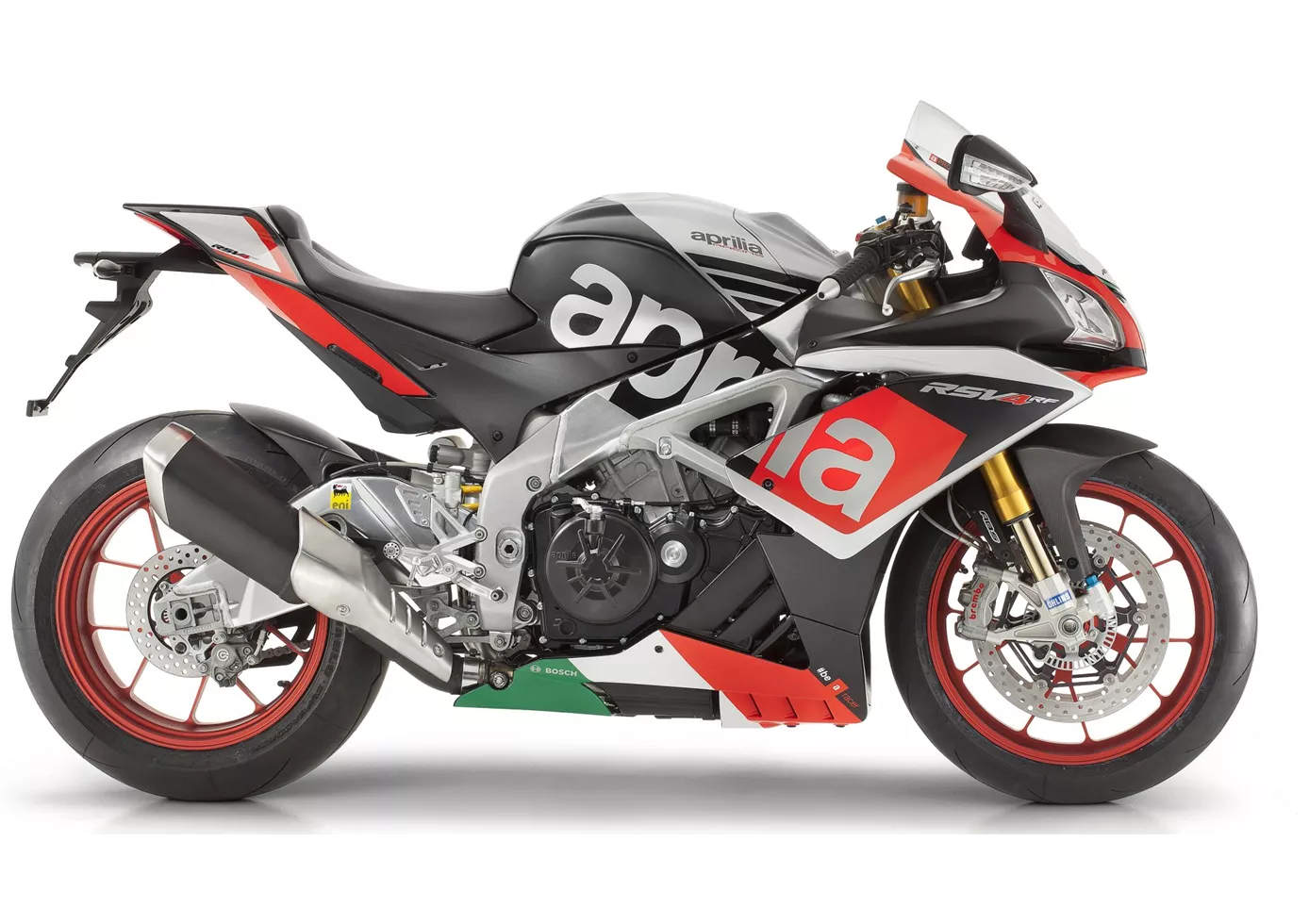
The new RSV4 will make riders happy who have always ridden supersport bikes and love this category. Up-and-coming 600cc riders will appreciate it and even former 250cc riders will still find its handling beguiling. It was born in Aprilia's racing department and has been fine-tuned there for 2015. It is now easier to ride than before. But it is hard at the limit, especially when it comes to stability. Experienced riders get the bike into trouble on corner exits, rookies probably only at top speed on long straights. Its chassis is very radical for country roads, and on bad asphalt it gets restless on the saddle. An electronic chassis could help, but that is not installed on the Aprilia. But riding only on the racetrack wouldn't be right either. The RSV4 may be old in terms of design, but it is still incredibly beautiful. Anyone who rides it is considered a connoisseur and a hero in front of the ice cream parlour, and that hasn't changed in 2015. At the regulars' table, you don't have to report that it's lighter now than it used to be.
Usporedba cijena Prosječna tržišna cijena Kawasaki Ninja ZX-10R vs Aprilia RSV4 RF
There are a few key differences between a Kawasaki Ninja ZX-10R 2016 and a Aprilia RSV4 RF 2015. There are the same number of bikes of both models available on the 1000PS.de marketplace, specifically 4. It takes less time to sell a Kawasaki Ninja ZX-10R with 100 days compared to 215 days for a Aprilia RSV4 RF. Since model year 2005 1000PS.de editors have written 51 reviews for the Kawasaki Ninja ZX-10R and 10 reviews for the Aprilia RSV4 RF since model year 2015. The first review for the Kawasaki Ninja ZX-10R was published on 1/11/2004 and now has more than 2,900 views. This compares to more than 51,900 views for the first review on Aprilia RSV4 RF published on 11/21/2014.
